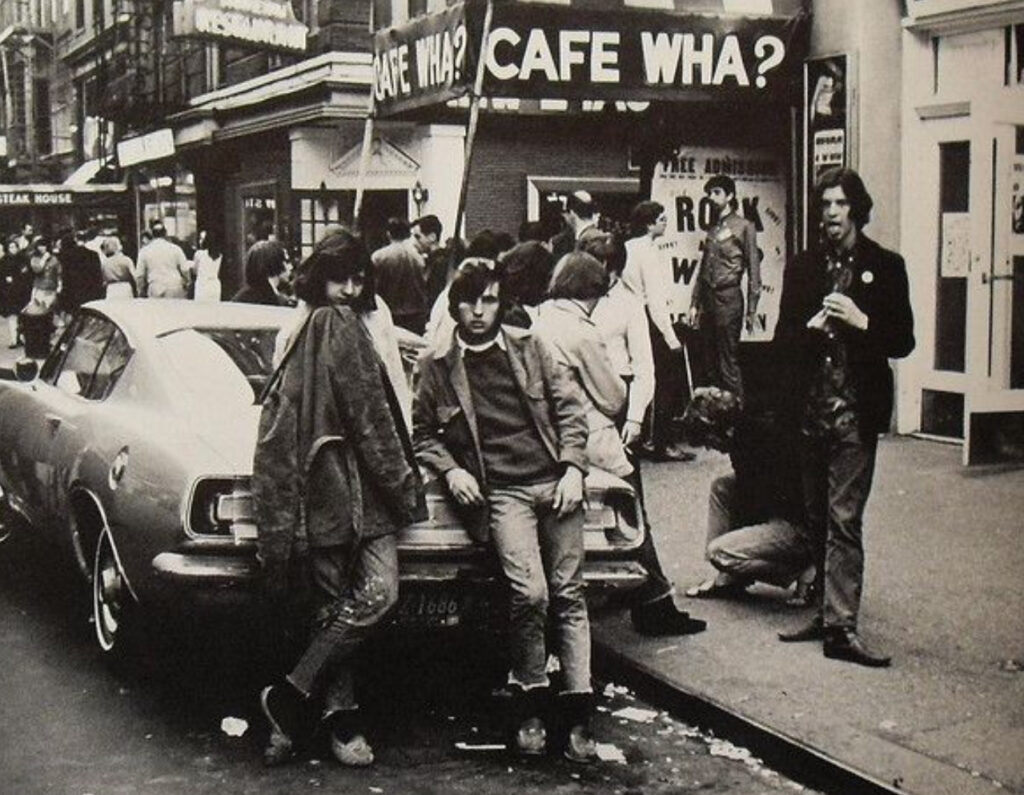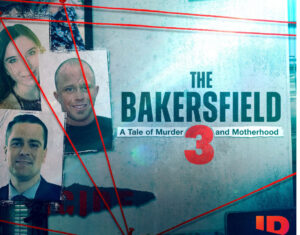David Browne, a seasoned music journalist renowned for his incisive explorations of The Beatles, Jeff Buckley, and Sonic Youth, now turns his lens toward one of the most influential cultural hubs in American music history: Greenwich Village. In his latest book, Browne embarks on a rich and evocative journey through the Village’s storied past, tracing its transformation from a bohemian enclave to the epicenter of folk music, protest songs, and countercultural movements. Through meticulous research and firsthand accounts, he reconstructs the Village’s heyday, its subsequent decline, and its lingering mystique.
More than just a historical account, Browne’s book serves as a meditation on the power of place—how a few square blocks of lower Manhattan became the breeding ground for some of the most important voices in American music. Figures like Bob Dylan, Joni Mitchell, and Joan Baez found their footing here, forever altering the landscape of folk, rock, and beyond. By charting the rise, fall, and enduring echoes of this cultural hotspot, Browne paints a vivid picture of an era that continues to captivate musicians and audiences alike.
The Genesis of the Book
Browne’s fascination with Greenwich Village dates back to his college years at NYU in the 1980s. Though he arrived well after the Village’s golden age in the 1960s, he was witness to its last great revival in the late ’70s and early ’80s. As a young journalist writing for The New York Daily News, he watched with a mixture of nostalgia and sorrow as music venues gradually disappeared, one by one, without being replaced. The Greenwich Village he had read about and idolized was fading before his eyes.
His work for Rolling Stone deepened his connection to the scene, allowing him to interview artists like Ramblin’ Jack Elliott and David Blue—musicians whose careers were deeply intertwined with the Village’s legacy. Through these conversations and his own experiences navigating the ever-changing music landscape of New York, Browne developed a deep appreciation for the community that had once thrived there. The seeds for his book were planted, and with time, they grew into a comprehensive history of the Greenwich Village music scene.
A Narrative History of the Village
Unlike previous books that have tackled the subject in fragmented ways, Browne’s work offers a cohesive and comprehensive narrative history of the Village’s musical evolution. He charts the neighborhood’s transformation from an artistic sanctuary in the early 20th century to a countercultural nerve center in the 1950s and ’60s. The book explores how the Village became a haven for those who sought an alternative to mainstream America—whether they were beat poets, folk singers, or radical activists.
Central to this story is the rise of folk music as a dominant force in the Village. Browne brings to life the dimly lit, smoky coffeehouses where emerging artists performed for audiences eager for something raw and authentic. Bob Dylan, arguably the most famous figure to emerge from this scene, arrived in the Village as an unknown folk singer and left as a legend. But Dylan was just one of many: artists like Phil Ochs, Tom Paxton, and Dave Van Ronk all contributed to a movement that reshaped popular music.
The book also explores the lesser-known figures who played a role in the scene, from club owners and radio DJs to the fans and activists who fueled the movement. Browne’s research is exhaustive, and his storytelling is infused with the same passion that once drove these musicians to perform in tiny clubs for little or no money. He reconstructs key moments—the emergence of the Gaslight Café, the infamous booing of Dylan when he went electric, and the impression of the Civil Rights and anti-war movements on folk music—with the precision of a historian and the flair of a novelist.
The Allure of the Village
Even decades after its peak, Greenwich Village remains a source of fascination for musicians, filmmakers, and cultural historians. Browne explores this renewed interest, examining how the Village has been romanticized in films like Inside Llewyn Davis and TV series like The Marvelous Mrs. Maisel. These depictions reflect a longing for a time when music was raw, communal, and driven by artistic rather than commercial aspirations.
Part of the Village’s enduring allure is its sense of community. In an era dominated by digital music and streaming services, the idea of a close-knit group of artists gathering in intimate venues, exchanging ideas, and influencing one another carries a certain nostalgic appeal. The Village was more than just a place—it was a living, breathing entity that shaped the musicians who passed through it. Browne argues that this spirit of discovery and artistic camaraderie is what continues to captivate those who look back on the era with admiration.
Another factor in the Village’s lasting appeal is its reputation as a breeding ground for social and political movements. The music that emerged from its clubs and cafes was deeply intertwined with activism, giving voice to the struggles of the era. Whether it was the fight for civil rights, opposition to the Vietnam War, or the early stirrings of feminist movements, the Village was at the forefront of change. This history adds a layer of depth to the nostalgia surrounding the scene, reminding us that it was about more than just music—it was about using art to challenge the status quo.
The Village’s Enduring Energy
While the music scene has undoubtedly changed, the physical landscape of Greenwich Village remains remarkably intact. Browne describes the narrow, zigzagging streets, the historic brownstones, and the iconic clubs that have withstood the test of time. The Village still retains an air of its past, even if its musical heartbeat is fainter than before.
However, Browne acknowledges that the number of live music venues has dwindled significantly. Rising rents and shifting cultural trends have made it increasingly difficult for independent clubs to survive. Where once stood legendary venues like Gerde’s Folk City and The Bottom Line, now exist luxury apartments and chain stores. Yet, despite these changes, the Village continues to attract young artists and musicians searching for inspiration. Browne suggests that while the Village may never reclaim its former glory, it still holds the potential for a musical renaissance if given the right conditions.
He argues that a revival of live music venues could reinvigorate the area, helping to preserve its artistic legacy while adapting to contemporary trends. While streaming and digital platforms have reshaped the way music is consumed, the communal experience of live performance remains irreplaceable. If the Village can foster a new generation of performers and listeners, it may once again become a focal point for musical innovation.
Review of Browne’s Book
Browne’s book is an essential read for anyone interested in music history, cultural movements, or the artistic spirit of Greenwich Village. His meticulous research and engaging writing style bring the era to life, capturing both its excitement and its inevitable decline. He balances personal anecdotes with historical analysis, offering readers an intimate yet scholarly exploration of the Village’s musical past.
One of the book’s greatest strengths is its ability to transport readers to a time when the Village was at its most vibrant. Browne masterfully conveys the thrill of discovering new music in a dimly lit club, the energy of protest songs ringing through Washington Square Park, and the camaraderie that defined the scene. For those who lived through the era, the book serves as a nostalgic journey. For younger readers, it offers a window into a time when music felt urgent, political, and deeply personal.
Impression
David Browne’s exploration of the Greenwich Village music scene is a remarkable addition to the canon of music history. By weaving together historical narratives, personal insights, and cultural analysis, he captures the essence of an era that continues to resonate today. His book is not merely a chronicle of the past but a testament to the enduring power of artistic communities.
Greenwich Village may never again be what it once was, but its influence lingers. In a world that can often feel disconnected, the Village serves as a reminder of the magic that can happen when artists come together, challenge conventions, and create something new. Through Browne’s work, readers are given the chance to experience a piece of that magic—to walk the Village’s streets, hear its music, and feel its echoes reverberate through time.
No comments yet.







